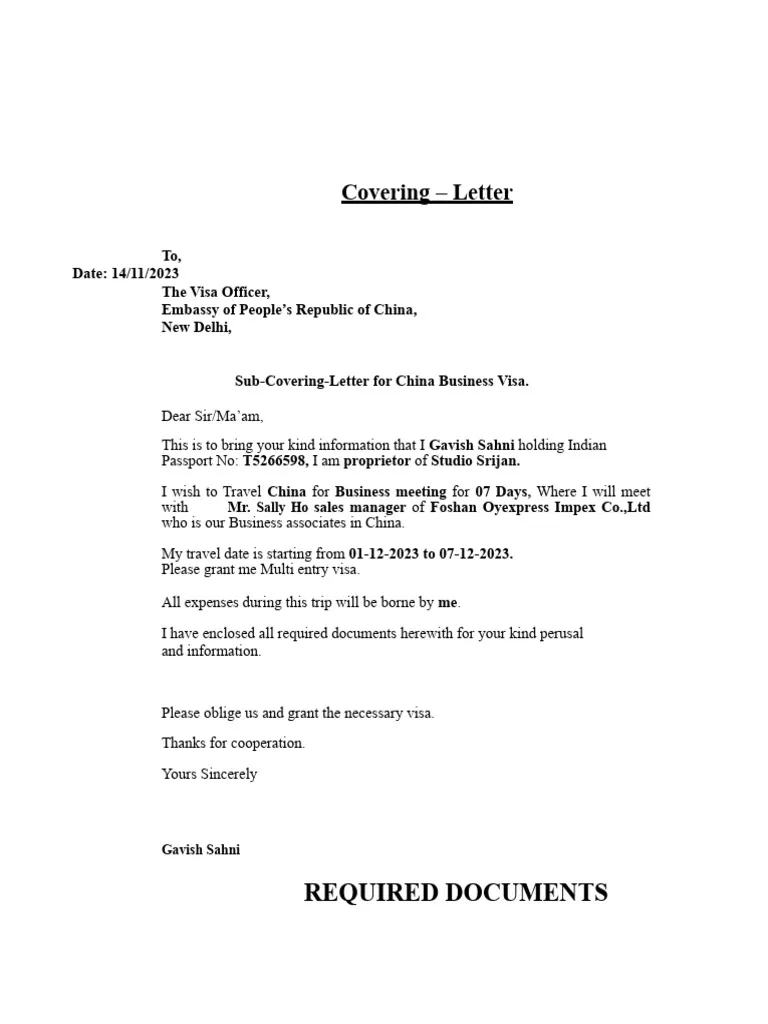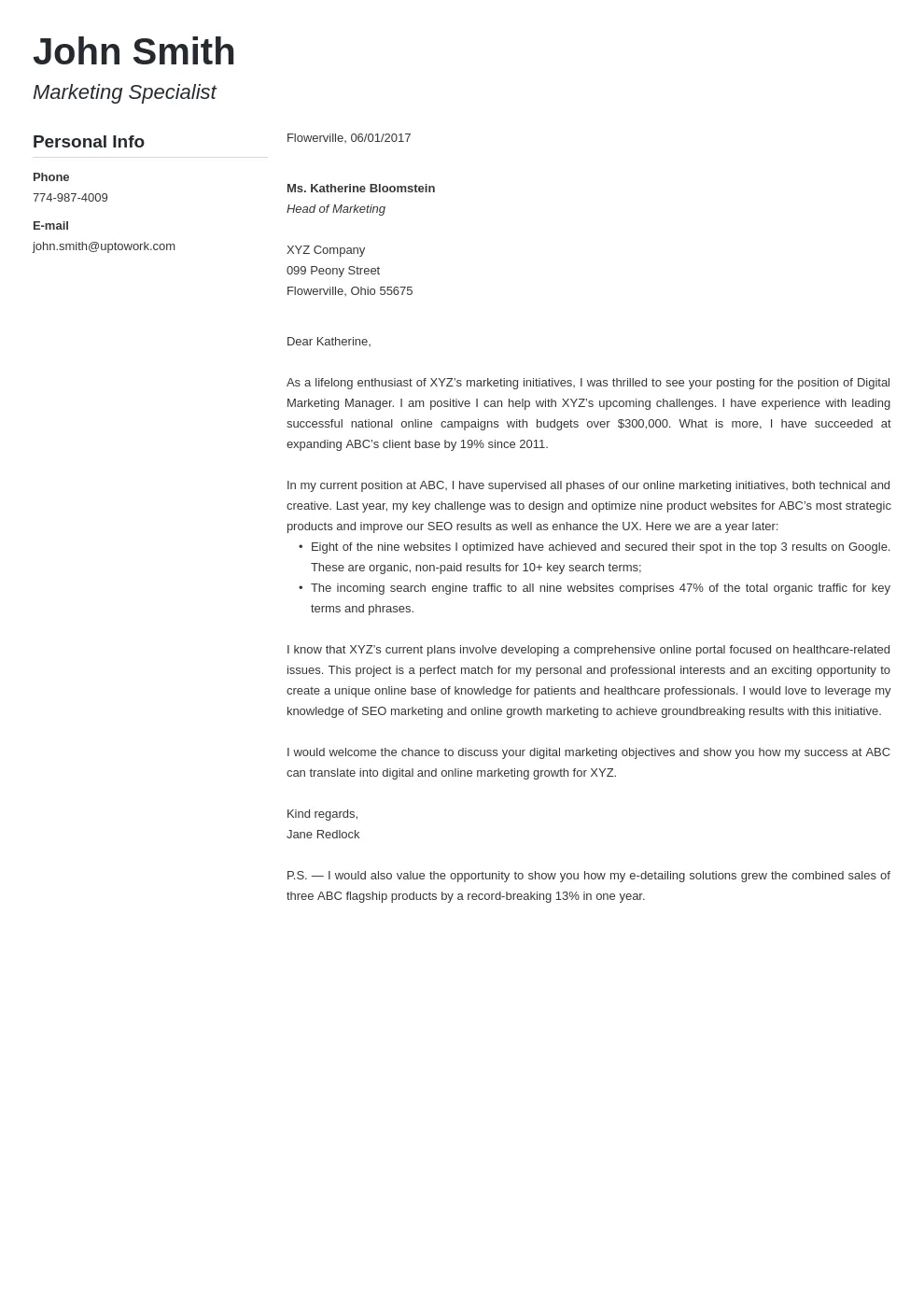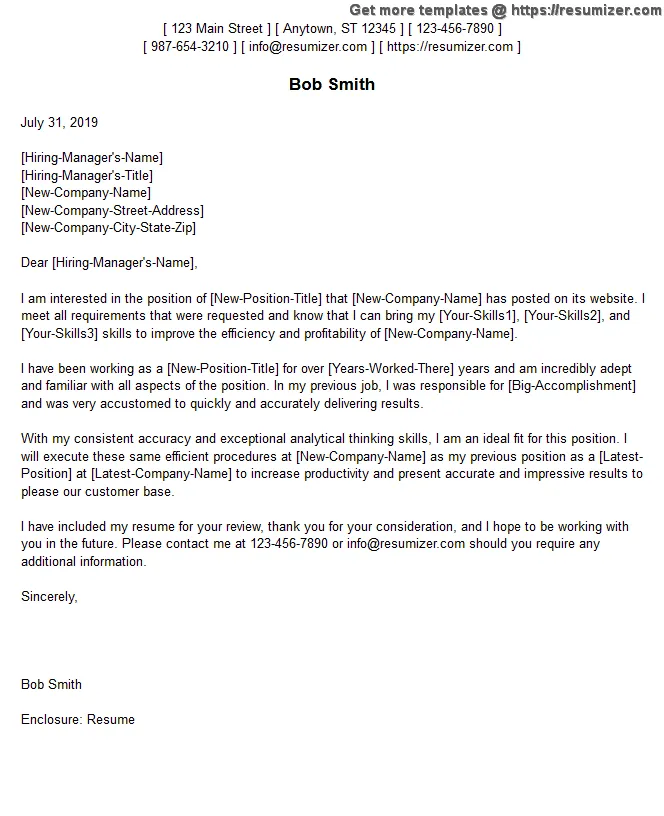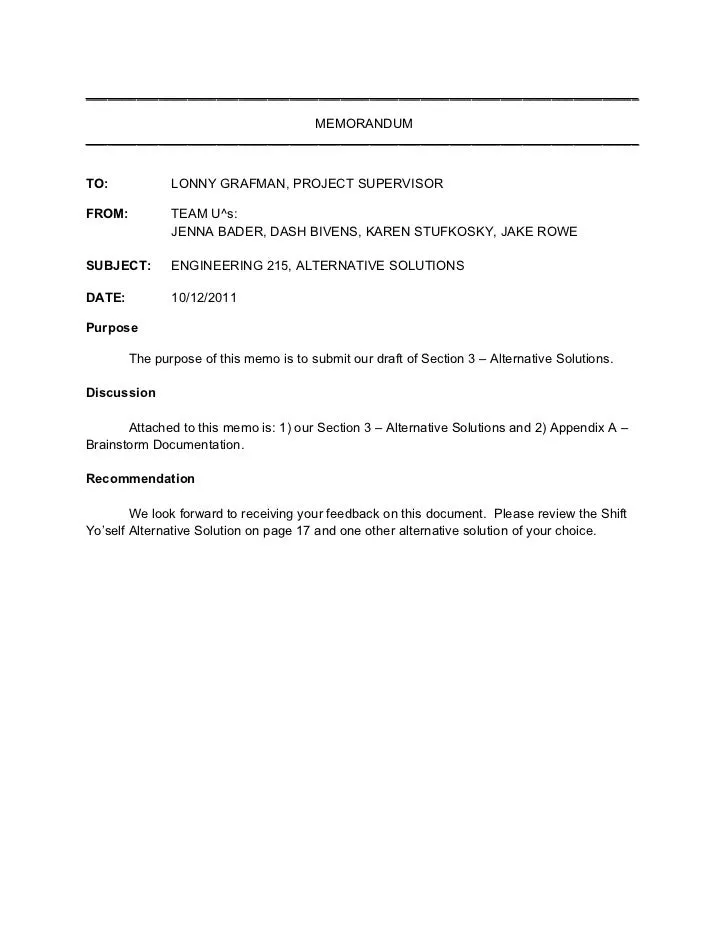What is a Cover Letter Memo?
A cover letter memo, often used interchangeably with a cover letter, serves as your first impression on a potential employer. It’s a concise, well-crafted document that accompanies your resume, aiming to introduce you and highlight your qualifications for a specific job. Unlike a resume, which lists your experiences and skills, a cover letter memo allows you to provide context and showcase your personality. It’s your chance to connect your skills and experiences with the specific requirements of the job, demonstrating why you’re the perfect fit. The memo is a crucial step in the application process, setting the tone for your candidacy and giving the employer a glimpse into your communication skills, enthusiasm, and understanding of the role. It is essential to make sure your cover letter memo is unique and personalized to each job you apply for to increase your chances of landing an interview. The primary goal is to persuade the hiring manager to read your resume and consider your application further.
Importance of a Cover Letter Memo
The importance of a cover letter memo cannot be overstated in today’s competitive job market. It’s often the first piece of information a hiring manager sees from you, acting as a critical filter. Many employers use cover letters to quickly assess if a candidate has taken the time to understand the job and tailor their application accordingly. A well-written cover letter memo highlights your relevant skills and experiences and, perhaps more importantly, conveys your enthusiasm and interest in the role. It demonstrates your communication skills, attention to detail, and ability to connect your qualifications to the job’s requirements. A strong cover letter memo increases your chances of getting your resume read, setting the stage for a successful application. It can also compensate for any perceived weaknesses in your resume by providing context and explaining career changes or skill gaps. By showing that you are proactive and genuinely interested, a cover letter memo significantly boosts your chances of securing an interview.
Key Components of an Effective Cover Letter Memo

An effective cover letter memo consists of several key components, each playing a vital role in making a strong impression. First, a compelling opening paragraph is essential, immediately grabbing the reader’s attention and stating the position you’re applying for and where you found it. The body should showcase your relevant skills and experiences, providing specific examples that demonstrate your abilities and achievements. You must tailor the memo to match the job description, highlighting how your qualifications meet the employer’s needs. Use strong action verbs to describe your accomplishments and quantify your achievements whenever possible. Be sure to avoid generic statements, instead offering concrete details to support your claims. Finally, the closing paragraph should reiterate your interest in the role, thank the employer for their time, and state your availability for an interview. Make sure to include your contact information and a professional signature to complete the cover letter memo.
Formatting Your Cover Letter Memo
Proper formatting is a key element of a professional cover letter memo, making it easy to read and visually appealing. Begin with your contact information at the top, including your name, address, phone number, and email. This should be followed by the date and the employer’s contact information, including their name, title, company, and address. Use a standard business letter format, such as block or modified block, with left-aligned text. Choose a professional font like Times New Roman, Arial, or Calibri, and keep the font size between 10 and 12 points for readability. Maintain consistent spacing throughout the document, with single spacing within paragraphs and a blank line between paragraphs. Avoid excessive use of bolding, underlining, or italics, as they can make your memo look cluttered. Proofread your cover letter memo carefully for any grammatical errors or typos, as these can detract from your professionalism. A well-formatted memo shows attention to detail and respect for the reader’s time.
Writing the Body of Your Memo
The body of your cover letter memo is the most critical part, as it’s where you showcase your qualifications and connect them to the job requirements. Start by writing a concise paragraph that states the position you’re applying for and how you learned about it. Then, in the subsequent paragraphs, highlight your relevant skills and experiences, providing specific examples to demonstrate your capabilities. Use action verbs to describe your accomplishments and quantify your achievements whenever possible (e.g., “increased sales by 15%”). Tailor your examples to match the job description, making it clear how your skills align with the employer’s needs. Address the specific requirements listed in the job posting, and show how your background makes you a great fit for the role. Avoid simply restating your resume; instead, offer additional context and elaborate on your experiences. Emphasize accomplishments and provide a glimpse into your personality and enthusiasm. Keep each paragraph focused and concise, and ensure a logical flow from one section to the next to maintain the reader’s interest.
Highlighting Your Skills and Experience

When highlighting your skills and experience in a cover letter memo, focus on the most relevant qualifications for the job. Start by reviewing the job description and identifying the key skills and experiences the employer is looking for. Then, select the accomplishments and experiences from your background that best match those requirements. Use concrete examples to demonstrate your abilities, and quantify your achievements whenever possible. Instead of simply listing your skills, provide context by explaining how you used those skills in past roles. For example, if the job description requires project management skills, describe a specific project you managed, outlining your role, responsibilities, and the outcome. Be sure to use action verbs to describe your accomplishments, such as “managed,” “led,” “achieved,” or “developed.” Tailor your examples to the job by highlighting the skills and experiences most important to the employer, and show how your past work has prepared you for success in the new role. Highlighting your achievements will make you stand out.
Tailoring Your Memo to the Job
One of the most critical secrets to success in cover letter memos is tailoring them to each job. Generic letters don’t cut it. To tailor your memo, carefully review the job description and identify the essential skills, experiences, and qualifications the employer seeks. Then, highlight the experiences and skills from your background that align with these requirements. Use the same language and keywords from the job description to show that you understand the role and that you are a good fit. Provide specific examples of your accomplishments and experiences, showing how you have successfully used your skills in the past. Address the specific needs of the employer and explain how you can contribute to their success. Avoid simply restating your resume; instead, offer additional context and elaborate on your experiences. Tailoring your cover letter memo demonstrates your interest in the specific job and your understanding of the employer’s needs, which significantly increases your chances of getting an interview. Make sure to research the company.
Proofreading and Editing Your Memo
Proofreading and editing your cover letter memo is an absolute must, as any errors can undermine your professionalism and your chances of success. Start by reviewing your memo for any spelling, grammar, and punctuation errors. Use spell-check and grammar-check tools, but don’t rely on them entirely, as they can miss subtle errors. Read your cover letter memo slowly and carefully, checking for any typos or awkward phrasing. It can be helpful to read your memo aloud, as this can help you catch errors that you might miss when reading silently. Ask a friend, family member, or career counselor to review your memo as a fresh pair of eyes can catch errors you might miss. Make sure all of the key components are in the right place, and make sure the information is accurate. Ensure you have the correct contact information for the company and the recipient. A polished and error-free cover letter memo shows attention to detail and reflects positively on your professionalism, increasing your chances of making a strong first impression. Thorough proofreading is the final step to success.
Best Practices and Mistakes to Avoid

To maximize your chances of success with a cover letter memo, follow several best practices. Start by personalizing the letter to the specific job and company. Highlight relevant skills and experiences and use a professional tone, and be sure to tailor the letter to the job you are applying for. Keep the memo concise and to the point, aiming for one page in length. Proofread carefully for any errors in spelling, grammar, or punctuation. Make sure your contact information is correct, and your letter is formatted correctly. Common mistakes to avoid include using generic templates, writing too much or too little, and failing to proofread. Avoid being overly formal or using jargon. Do not simply restate your resume; instead, use the letter to provide additional context and to highlight your personality. Finally, don’t forget to tailor your memo to each specific job. Following these best practices and avoiding common mistakes will significantly increase your chances of making a positive first impression and landing an interview.
